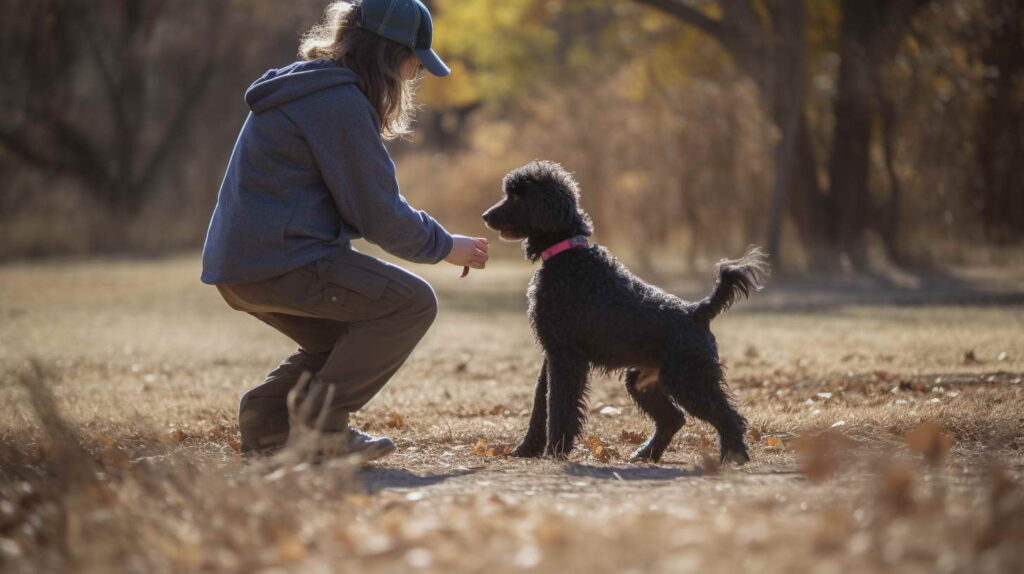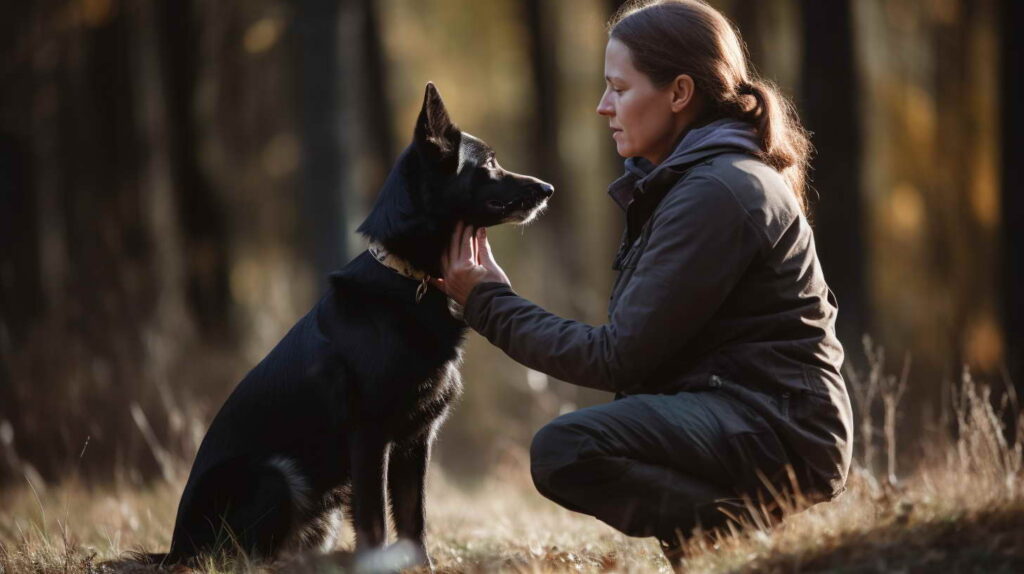Introduction
PETSIDI – Pet training collars have become an indispensable tool for dog owners seeking to enhance their furry companions’ behavior and ensure their safety. These collars, designed with various correction mechanisms, serve a crucial purpose in fostering positive habits in our four-legged friends. This essay delves into the diverse types of pet training collars, considerations before use, benefits, and challenges, choosing the right collar, training techniques, safety, and responsible use, emphasizing the overall impact on the dog-owner relationship.
Definition and Purpose of Pet Training Collars
Pet training collars are devices designed to aid in dog training by providing corrective stimuli in response to undesirable behavior. The primary purpose is to reinforce positive habits and discourage negative actions, ultimately contributing to a well-behaved and safe pet. As responsible dog owners, it’s essential to understand the significance of training in shaping a dog’s behavior and ensuring the safety of both the pet and those around them.

Types of Pet Training Collars
Static or Shock Collars
Static or shock collars operate by delivering a mild electric stimulus to the dog when triggered. The mechanism involves a small electronic module within the collar that emits a controlled shock. While effective in curbing unwanted behavior, controversies surround the use of shock collars, necessitating a careful examination of ethical considerations.
Citronella Collars
Citronella collars employ a more humane approach by releasing a burst of citronella spray when the dog misbehaves. This natural and safe correction method avoids the potential harm associated with shock collars. Understanding the effectiveness and humane aspects of citronella collars is crucial for informed decision-making.
Vibration Collars
Vibration collars utilize subtle vibrations as a correction method. This collar type is known for its applicability across different dog breeds and temperaments. Exploring how vibrations affect behavior is key to discerning whether this collar aligns with your dog’s unique needs.
Ultrasonic Collars
Ultrasonic collars emit high-pitched sounds in response to undesirable behavior. While considered effective, it’s important to weigh the potential drawbacks and understand the nuances of their functionality. Striking a balance between effectiveness and the dog’s well-being is essential when considering ultrasonic collars.
Considerations Before Using Pet Training Collars
Understanding the Dog’s Temperament and Behavior
Before incorporating a training collar, a thorough understanding of your dog’s temperament and behavior is paramount. Each dog is unique, and tailoring training methods to suit individual needs ensures a more successful and positive training experience.
Proper Training Techniques in Conjunction with Collars
Pet training collars should complement, not replace, proper training techniques. Positive reinforcement methods, such as treats and praise, work hand in hand with collar corrections. Creating a harmonious balance ensures a well-rounded training approach.
Consultation with a Professional Trainer or Veterinarian
Seeking guidance from a professional trainer or veterinarian is a wise step before introducing a training collar. Their expertise can help address specific behavioral issues and provide tailored advice on the most suitable collar type for your dog.
Ethical Considerations and Responsible Use
Ethical considerations should guide the use of training collars. Employing these devices responsibly involves avoiding unnecessary discomfort for the dog and prioritizing their well-being. Responsible use includes using the collar as a tool for positive reinforcement rather than punitive measures.

Benefits and Challenges of Pet Training Collars
Positive Outcomes in Behavior Modification
One of the primary benefits of pet training collars is their effectiveness in behavior modification. Consistent use, coupled with positive reinforcement, can lead to significant improvements in a dog’s conduct.
Addressing Specific Behavioral Issues
Training collars offer targeted solutions for specific behavioral issues such as excessive barking, jumping, or aggression. Understanding the collar’s capabilities ensures it aligns with the precise needs of your dog.
Potential Risks and Drawbacks
While the benefits are evident, it’s essential to acknowledge potential risks and drawbacks associated with training collars. Sensitivity to individual dogs, the risk of overcorrection, and unintended consequences must be considered.
Long-Term Effects on the Dog-Owner Relationship
The long-term impact of training collars on the dog-owner relationship is a critical aspect. A balanced and positive training approach fosters trust and strengthens the bond between the owner and their canine companion.
Choosing the Right Pet Training Collar
Matching the Collar to the Dog’s Size and Breed
Selecting a collar that suits the dog’s size and breed ensures both comfort and effectiveness.
Understanding Specific Correction Methods
Each collar type employs distinct correction methods. Understanding these methods, their appropriateness for your dog, and aligning them with your training goals is essential for success.
Reviews and Recommendations from Experts
Before making a decision, consider reviews and recommendations from experts in dog training. Their insights can provide valuable information and guide you toward a collar that meets your specific needs.
Budget Considerations and Value for Money
While budget considerations are valid, prioritizing value for money over the cheapest option is crucial. Investing in a quality training collar ensures durability and effectiveness, ultimately benefiting both you and your dog.
Training Techniques in Conjunction with Pet Training Collars
Positive Reinforcement Methods
Positive reinforcement remains a cornerstone of effective dog training. Incorporating treats, praise, and affection alongside collar corrections creates a positive learning environment.
Consistency in Commands and Corrections
Consistency in commands and corrections is key to successful training. Dogs thrive on routine, and clear, consistent communication helps them understand expectations.
Monitoring the Dog’s Response and Adjusting Collar Settings
Continuous monitoring of your dog’s response to collar corrections is necessary. Adjusting collar settings based on your dog’s progress ensures that the training remains effective and tailored to their needs.
Gradual Transition to Off-Collar Training
The ultimate goal of training collars is to facilitate off-collar training. A gradual transition, reducing reliance on the collar as behaviors improve, ensures a lasting and positive impact.
Safety and Responsible Use
Regular Collar Maintenance and Inspection
Regular maintenance and inspection of the training collar are crucial for safety. Ensuring that the collar is in good condition prevents any discomfort or harm to the dog.
Monitoring for Signs of Discomfort or Stress in the Dog
Being attuned to your dog’s signals is vital. Signs of discomfort or stress should be addressed promptly, and adjustments to the training approach may be necessary.
Limitations and Restrictions on Collar Use
Understanding the limitations and restrictions on collar use is vital. Certain situations, environments, or health conditions may necessitate the temporary or permanent cessation of collar use.
Educating Other Family Members or Caretakers About Proper Use
Consistency in training requires the collaboration of all family members or caretakers. Educating them about proper collar use ensures a unified and effective training approach.
Conclusion
In conclusion, pet training collars play a pivotal role in shaping a dog’s behavior and ensuring their safety. By understanding the diverse collar types, considering individual factors, and employing responsible training techniques, dog owners can foster a positive and enduring relationship with their pets. Emphasizing the ethical and responsible use of training collars not only enhances behavior but also contributes to the overall well-being of our beloved canine companions. Invest time, thought, and care into choosing and using a training collar, and witness the transformation of your furry friend into a well-behaved and happy member of your family.


Leave a Reply